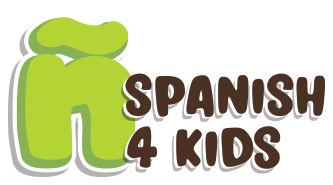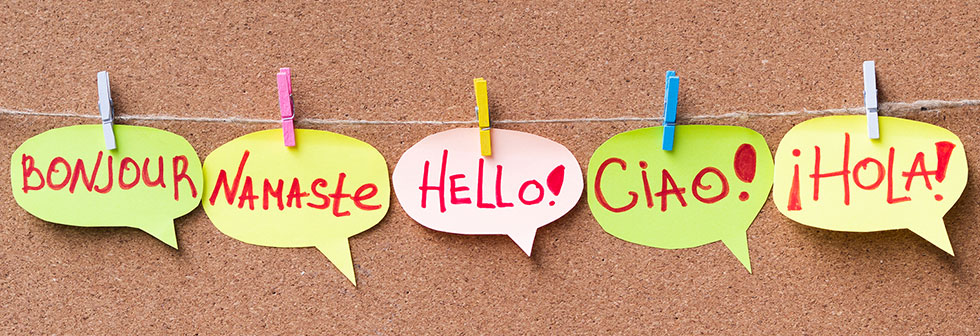Every day, more individuals opt to introduce their children to second or even third languages. But is it feasible to teach a language that isn’t your mother tongue?
Consider Angie’s experience: a mother fluent in English and knowledgeable in Spanish. Concerned about her Hispanic husband’s reluctance to speak Spanish to their son, Angie took matters into her own hands. Despite her imperfect accent, she began conversing with her son in Spanish. The outcome? Her husband resumed speaking Spanish with their son, enriching their family’s linguistic landscape.
Similarly, Paul, born to French parents in the US and married to an American, made a deliberate choice with his wife to raise their children bilingually. While Paul exclusively conversed with their children in French, his wife used English. The result? Their children are now fully bilingual, confidently navigating between languages as needed.
If you possess fluency in a second language, you too can impart it to your children. Though teaching a non-native language may pose challenges, it’s certainly not insurmountable.
Here are some tips to guide you along the way:
- Establish a consistent language routine by dedicating specific days or times for language instruction. Avoid mixing languages during conversations.
- When your child communicates in English, respond in the target language and encourage them to repeat it. Repetition reinforces language learning.
- Incorporate language-learning games during car rides or downtime. For instance, prompt your child with an adjective and ask for its opposite.
- Consider enlisting a caregiver fluent in the target language to enhance vocabulary and pronunciation.
- Explore immersive activities and resources, such as library visits or cultural events, once circumstances permit.
- Expose your child to videos and music in the target language to foster linguistic immersion.
But what if you lack proficiency in another language yet desire your child to learn one?
Introducing a second language not only enhances cognitive abilities and job prospects but also fosters cultural appreciation. Stephanie and John, lacking Spanish speakers in their family, hired a Hispanic babysitter and enrolled their children in language classes. Despite initial hurdles, their children developed impressive accents, underscoring the remarkable adaptability of young learners.
Remember, it’s never too late to embark on a linguistic journey. Children, with their innate ability to absorb knowledge, are particularly adept at language acquisition. Take the plunge and witness the transformative power of bilingualism firsthand!


Recent Comments